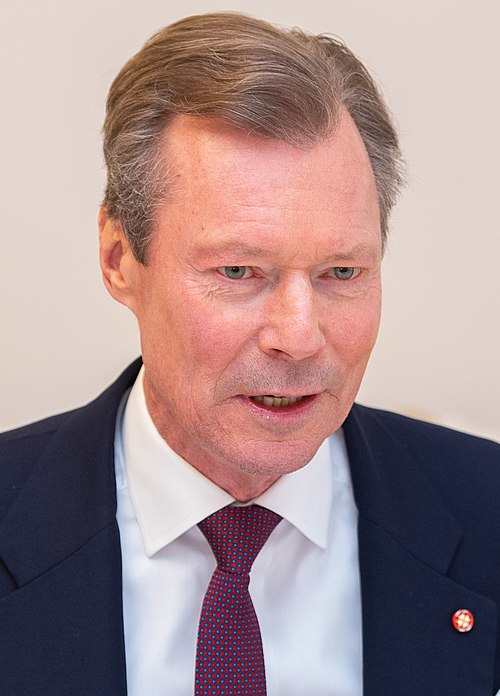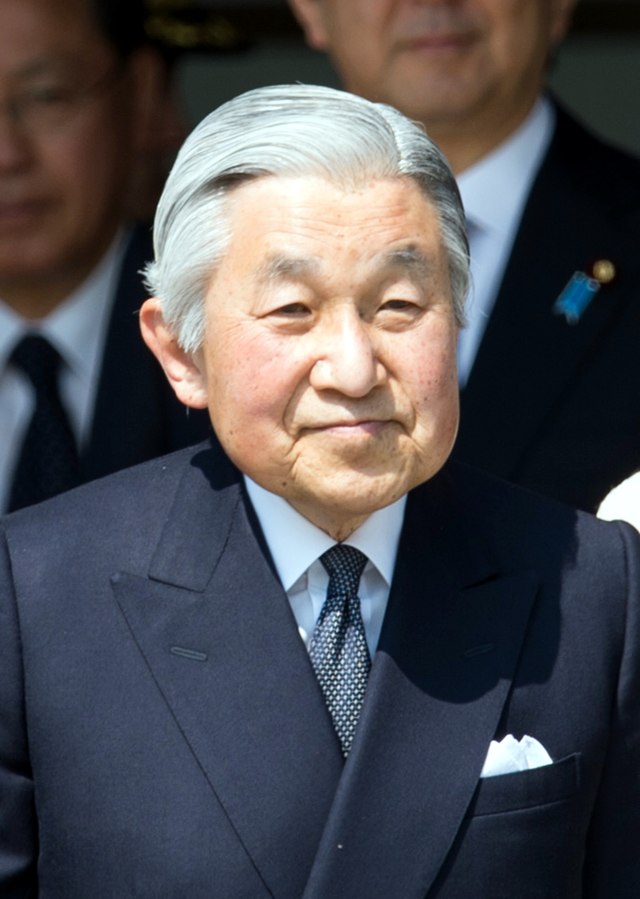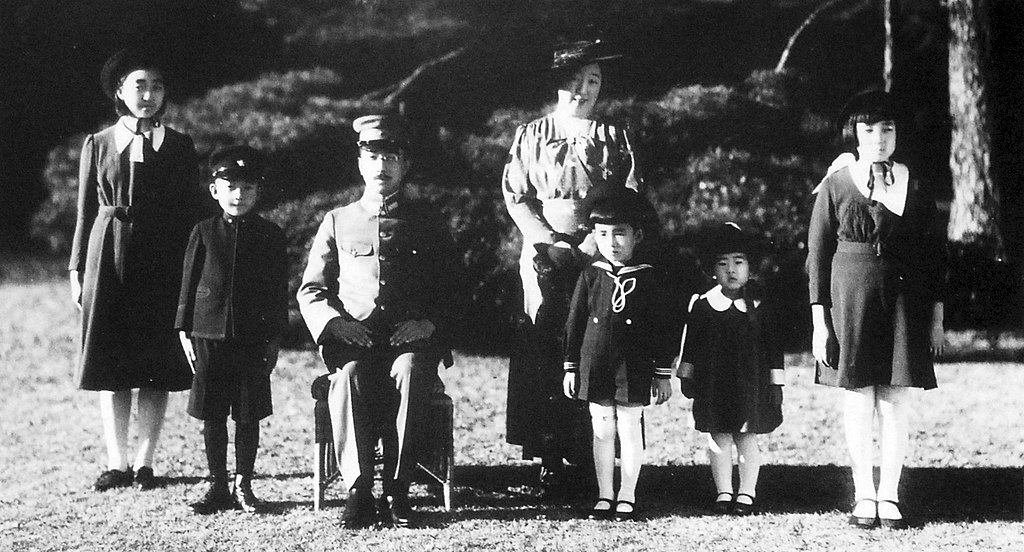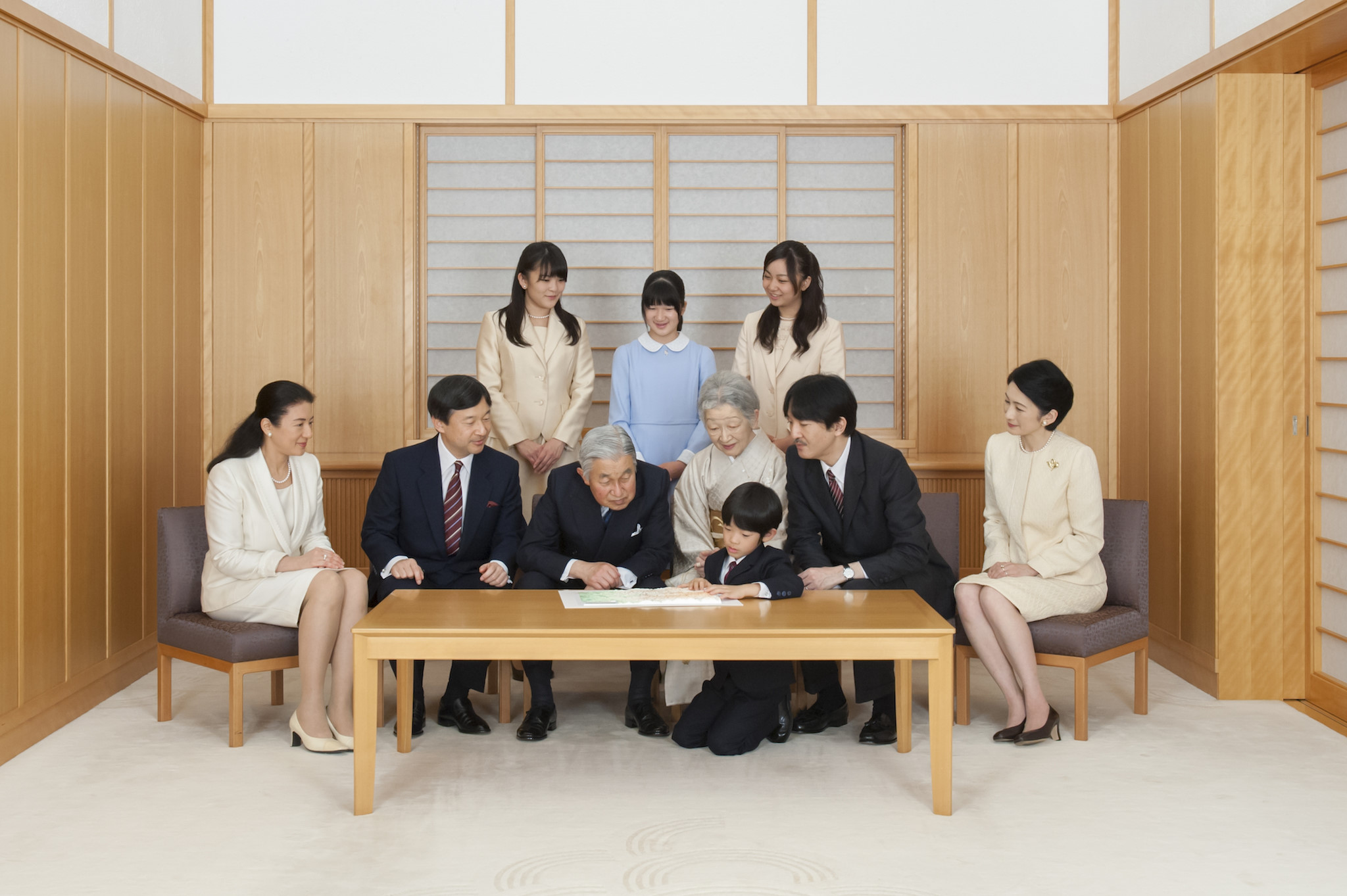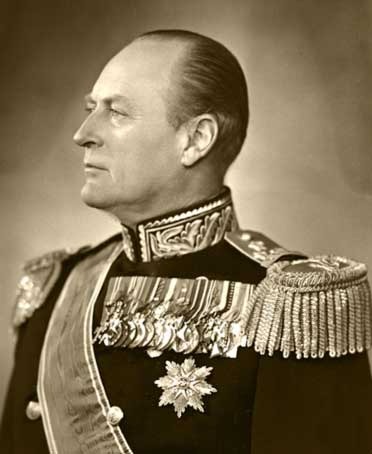by Susan Flantzer © Unofficial Royalty 2014

Prince Albert II of Monaco; Credit – Wikipedia
Albert II, Sovereign Prince of Monaco (Albert Alexandre Louis Pierre) was born on March 14, 1958, at the Prince’s Palace in Monaco. He is the only son and the second of three children of Rainier III, Sovereign Prince of Monaco and American actress and Academy Award winner Grace Kelly.
- Unofficial Royalty: Ancestors of Prince Albert II of Monaco
- Unofficial Royalty: First Cousins of Prince Albert II of Monaco
Albert was christened on April 20, 1958, at Saint Nicholas Cathedral in Monaco. His godparents were:
- Queen Victoria Eugenie of Spain, born Princess Victoria Eugenie of Battenberg, a granddaughter of Queen Victoria
- Prince Louis de Polignac, first cousin of his paternal grandfather

Prince Albert on left with his family; Photo source: The Telegraph
Prince Albert has two sisters:
- Princess Caroline, Princess of Hanover (born 1957), married (1) Philippe Junot, no children, marriage annulled (2) Stefano Casiraghi, had two sons and one daughter (3) Prince Ernst August of Hanover, had one daughter
- Princess Stéphanie (born 1965), married (1) Daniel Ducruet, had two children, divorced (2) Adans Lopez Peres, no children, divorced; Stephanie has one illegitimate daughter
Prince Albert received his primary and secondary education in Monaco and graduated from the Lycée Albert Premier of Monaco in 1976. He spent time in his mother’s native country at Camp Tecumseh on Lake Winnipesaukee in Moultonborough, New Hampshire where he attended summer camp and was a camp counselor for six summers in the 1970s. Prince Albert spent additional time in the United States when he attended Amherst College in Amherst, Massachusetts as Albert Grimaldi. At Amherst College, he joined the Chi Psi fraternity, and the Amherst Glee Club, graduating in 1981 with a Bachelor of Arts degree in political science.

Prince Albert addressing the General Assembly of the United Nations; Photo source: http://www.un.org/
After he graduated from college, Prince Albert had several educational opportunities that broadened his experience. From September 1981 – April 1982, Prince Albert trained onboard the French Navy’s helicopter carrier “Jeanne d’Arc.” He trained with various international companies in the United States and Europe in communication, financial management, and marketing from January 1983 to late 1985. Since May 1993, Prince Albert has led the Monaco delegation to the General Assembly of the United Nations and has regularly taken the floor on behalf of the Principality of Monaco.
Prince Albert has enjoyed participating in a variety of sports. He represented Monaco in Two-Man Bobsled and Four-Man Bobsled in five Winter Olympics (1988/Calgary, 1992/Albertville, 1994/Lillehammer, 1998/Nagano, 2002/Salt Lake City). Prince Albert has been a member of the International Olympic Committee since 1985 and is President of the Monegasque Olympic Committee.

Prince Albert II being blessed by the Archbishop of Monaco at the Mass on July 12, 2005; Credit – Zimbio
Prince Rainier III died on April 6, 2005, and Albert became the Sovereign Prince of Monaco. On July 12, 2005, at the end of the official mourning period, Prince Albert’s accession to the throne was celebrated by a Mass at St. Nicholas’ Cathedral followed by a garden party for 7,000 Monégasques born in the principality. A second ceremony was held at St. Nicholas Cathedral on November 12, 2005, attended by many guests and royalty from around the world. The evening ended with a gala and opera performance in Monte Carlo.
In 2006, Prince Albert founded The Prince Albert II Foundation, a charity that has donated millions to various environmental projects. The foundation concentrates on environmental protection, sustainable development, climate change, the promotion of renewable energies, and biodiversity.
Before Prince Albert’s marriage in 2011, there was much discussion about what seemed to be his perpetual bachelor state and his dating experiences. On July 6, 2005, a few days before his enthronement ceremony, Prince Albert officially confirmed through his lawyer that he had an illegitimate son. Alexandre Coste (born August 24, 2003, in Paris, France) is the son of Prince Albert and Nicole Coste, a former Air France flight attendant, originally from Togo in Africa. Then in 2006, Prince Albert confirmed that he had an illegitimate daughter. Jazmin Grace Grimaldi (born March 4, 1992, in Palm Beach, California) is the daughter of Prince Albert and Tamara Rotolo, a California woman who reportedly worked as a waitress. DNA tests confirmed the paternity of both children and neither child has a claim on the throne of Monaco.
In June 2001 at the Marenostrum International Swimming Meet in Monaco which Prince Albert presided over, he met Charlene Wittstock (born 1978), a South African swimmer, who had represented her country in the 2000 Summer Olympics in Sydney. They were first seen together at the opening ceremony of the 2006 Winter Olympics in Turin. Charlene moved in with Prince Albert in 2006. She began accompanying him to events including the weddings of the Crown Princess Victoria of Sweden in 2010 and of the Duke of Cambridge in 2011. On June 23, 2010, the Prince’s Palace announced the couple’s engagement. The civil ceremony was held on July 1, 2011, in the Throne Room of the Prince’s Palace. The religious ceremony took place on July 2, 2011, in the courtyard of the Palace.
Prince Albert and Princess Charlene have two children, boy and girl twins. Even though their daughter was born first, their son is the heir apparent because Monaco’s succession is male-preference cognatic primogeniture.
- Princess Gabriella of Monaco, Countess of Carladès (Gabriella Thérèse Marie), born December 10, 2014, at The Princess Grace Hospital Centre in Monaco
- Jacques, Hereditary Prince of Monaco, Marquis of Baux (Jacques Honoré Rainier), born December 10, 2014, at The Princess Grace Hospital Centre in Monaco
Principality of Monaco Resources at Unofficial Royalty
- Principality of Monaco Index
- Line of Succession to the Throne of Monaco
- Monegasque FAQs
- Monegasque Orders and Honours
- Monegasque Royal Burial Sites
- Monegasque Royal Christenings
- Monegasque Royal Dates
- Monegasque Royal Residences
- Monegasque Royal Weddings
- Profiles of the Princely Family of Monaco
- Rulers of Monaco
This article is the intellectual property of Unofficial Royalty and is NOT TO BE COPIED, EDITED, OR POSTED IN ANY FORM ON ANOTHER WEBSITE under any circumstances. It is permissible to use a link that directs to Unofficial Royalty.




